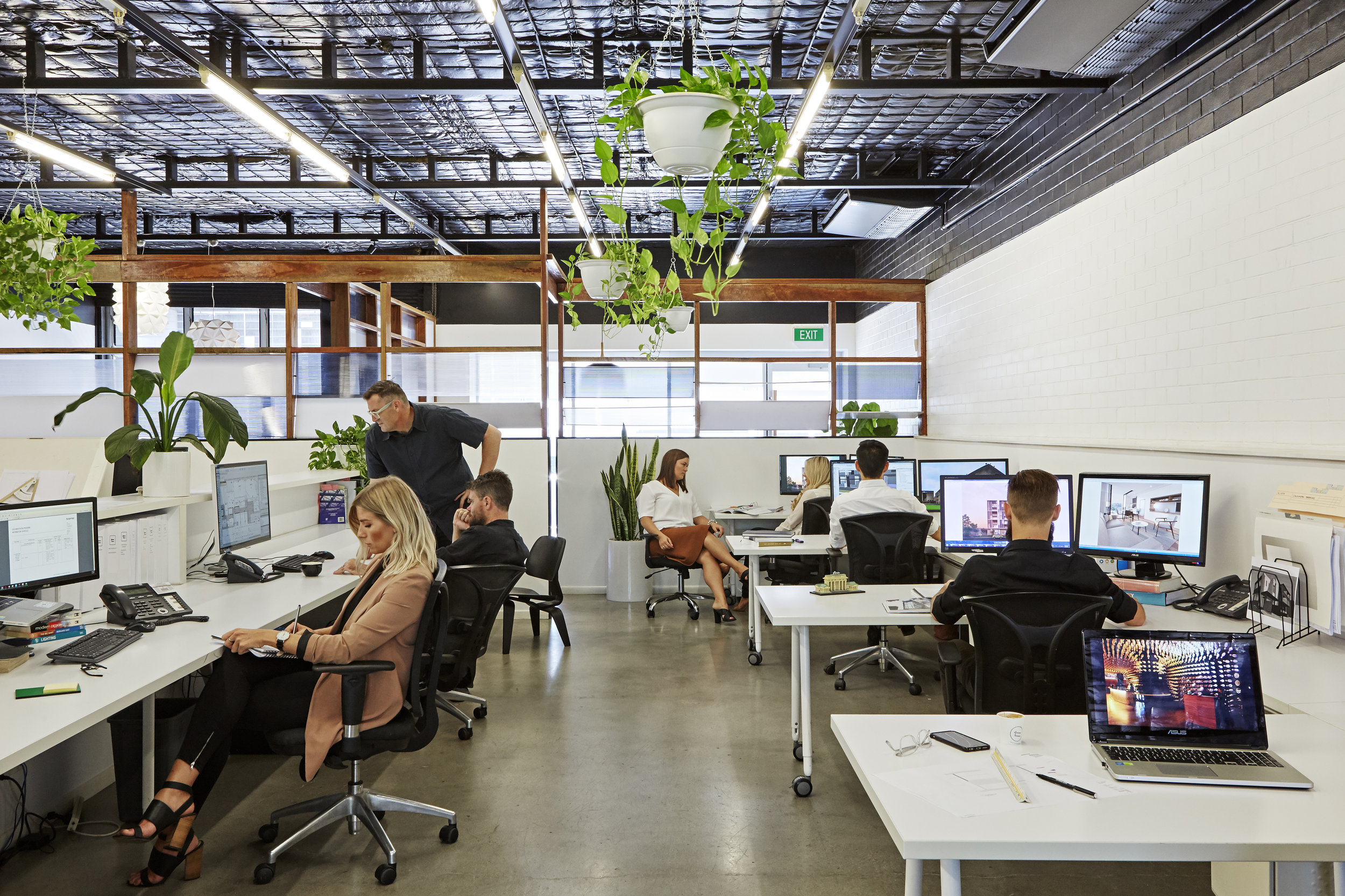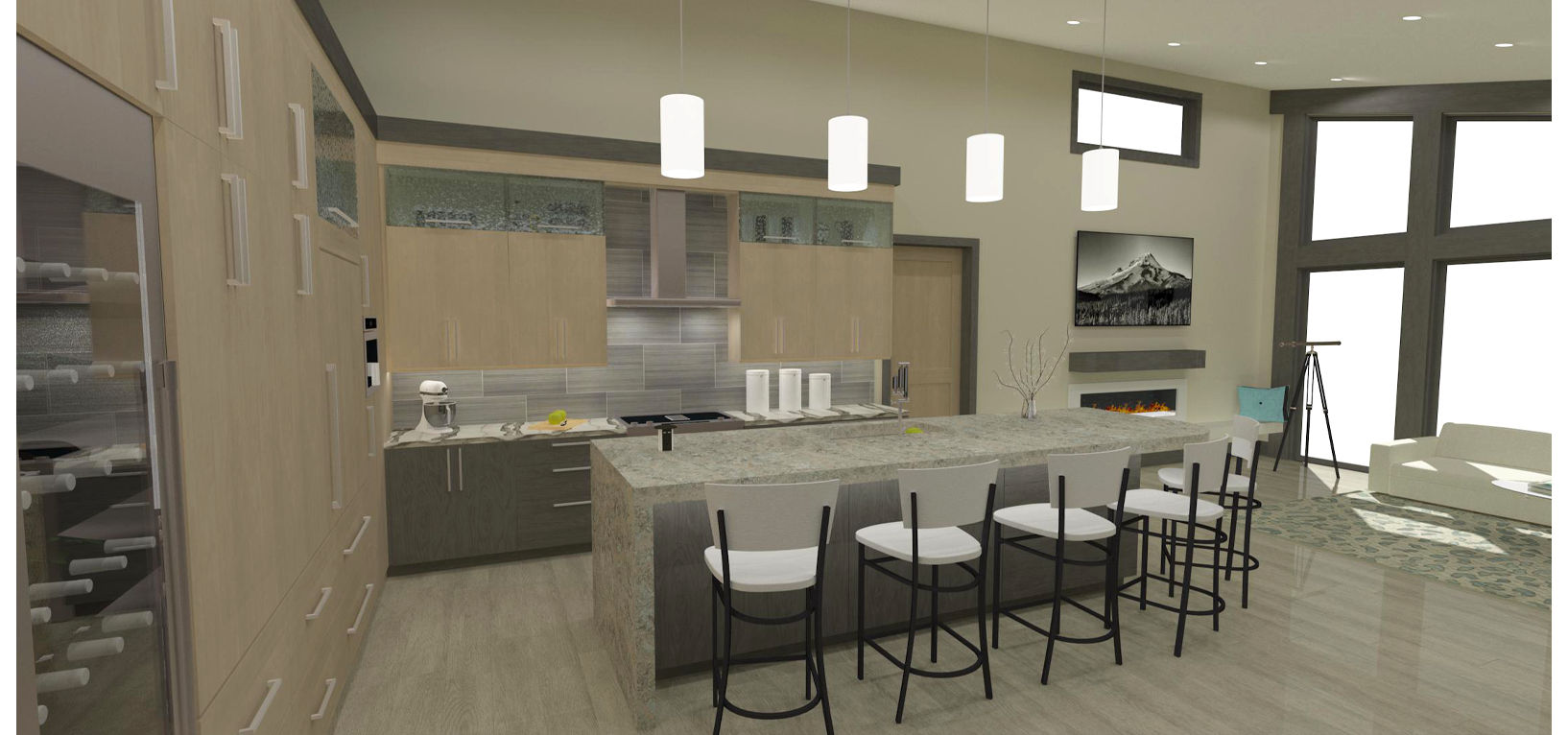Gorgeous Countryside Interior Styling for Nature-Inspired Living
Wiki Article
Creating Your Desire Room: The Influence of Interior Design and Home Engineer on Home Aesthetic Appeals
The magic of designing a dream home exists not just in building expertise but additionally in the fragile artistry of interior layout. These two self-controls link, with architecture giving the skeletal structure while indoor design breathes life into the area with furnishings, texture, and color selection.The Crossway of Interior Design and Architecture: Greater Than Meets the Eye
Although lots of people think that interior decoration and architecture are 2 separate disciplines, a closer evaluation discloses a remarkable intersection between the two. Style lays the foundation, supplying the covering within which interior decoration runs. However, the kind and feature of an area are not exclusively dictated by its architectural format. Interior Design plays a critical duty in improving and completing a framework's building elements, concentrating on the selection and discussion of interior things such as furnishings, fixtures, and finishes. It is the interplay of these two self-controls that brings an area to life, transforming it from a plain architectural entity into a holistic, lived experience. This cooperative relationship underscores the significance of incorporating building concepts into interior design, and vice versa, to accomplish a harmonious and cosmetically pleasing setting.Harnessing the Power of Color Styles and Textures in Home Design
While the structure of a home may be the canvas, it is eventually making use of shades and appearances within interior layout that brings the vision to life. The critical application of shades can establish the state of mind, develop harmony, and also influence the regarded size of a space. Neutral shades provide a sense of calmness and space, while strong shades can draw and energize emphasis. Similarly, appearances play a pivotal duty in adding depth and character to a space. Rough appearances, like raw wood or block, offer rustic beauty, while smooth surface areas, like marble, exude elegance. By understanding the psychological influence of shades and responsive charm of appearances, one can efficiently change a residence right into a mentally interesting and visually compelling home.
The Function of Furnishings in Defining Room and Way Of Living
Furniture acts as a defining aspect in interior layout, influencing both area and way of living. It not just offers useful energy however likewise adds to the visual charm of the home. The selection of furnishings can significantly impact the assumption of room, with bigger items producing an impact of majesty, while smaller sized, minimal layouts can make a room show up spacious. Furnishings acts as a representation of the homeowner's lifestyle and individual preference. A preference for vintage, rustic furniture might suggest a love for custom, whereas streamlined, modern-day pieces typically suggest a modern, city lifestyle. Therefore, furnishings option plays a crucial duty in defining and customizing space, with each piece acting as a testimony to the property owner's special identity. Countryside Homes interior design.
Architectural Considerations for Personalized Spaces
Beyond the prominent role of furniture, building considerations likewise play an essential part in individualizing spaces. The layout, style, and structure of a home can substantially impact its overall visual, performance, and the occupants' comfort. Comprehending the home's building aspects, such as the size and shape of spaces, the placement of doors and home windows, and the type of products used, can help one tailor their area to their lifestyle and preferences. Building aspects like arcs, fireplaces, stairs, and columns can serve as the focal points of a space. Stabilizing these building details with appropriate furnishings, color pattern, and illumination can produce Interior design near me a unified and tailored environment. Design, for that reason, is a vital element in designing one's desire room.The Emotional Impact of Aesthetically Pleasing Spaces
The influence of cosmetically pleasing areas on human psychology is profound. These atmospheres not only appeal to the senses yet also add to an individual's total wellness. They can boost creative thinking, induce relaxation, and even influence state of mind. Patterns, appearances, and colors can evoke psychological responses, while the design and lighting can influence behavior and communications. A well-designed space, with its cautious balance of visual appeals and performance, can foster a sense of consistency, promoting positivity and efficiency. Alternatively, inadequately created areas can engender feelings of discomfort or stress. Indoor design and style are not simply regarding developing visually appealing areas, however additionally concerning cultivating atmospheres that boost emotional health and wellness and complete satisfaction.

Verdict
In conclusion, developing your desire space is a nuanced process that stabilizes the architectural elements of architecture with the aesthetic options of interior decoration. By carefully choosing colors, textures, and furniture, you can craft spaces that not only look lovely but also functionally offer your way of living. Ultimately, the effective combination of these self-controls promotes well-being, sparks creative thinking, and promotes a sense of individuality within the home.Designing Your Dream Room: The Influence of Inside Layout and Home Architect on Home Aesthetic Appeals Countryside Homes interior design.
The magic of developing a desire home lies not only in building expertise however additionally in the delicate creativity of indoor design. These 2 techniques intertwine, with design offering the skeletal structure while interior layout takes a breath life right into the space with furnishings, appearance, and shade choice.Furnishings serves as a specifying component in interior layout, affecting both space and way of life.In conclusion, developing your desire area is a nuanced procedure that balances the architectural aspects of architecture with the visual choices of interior style.
Report this wiki page